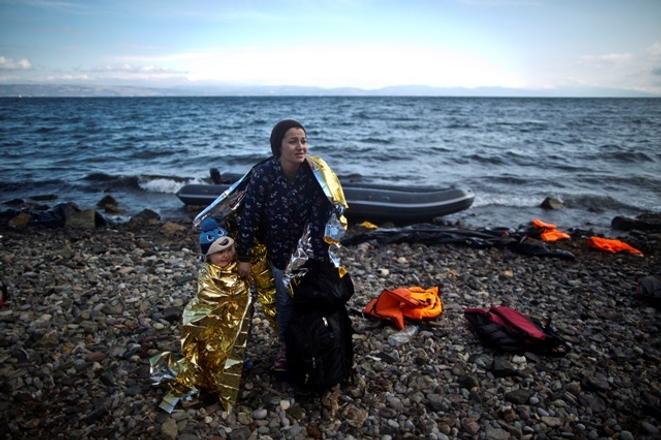Slovakia is ranked as the 24th most peaceful country in the Global Peace Index (GPI) 2016 released on June 8, and is ranked 17th out of the 36 countries in Europe.
The tenth edition of the GPI shows a growing inequality in global levels of peace with a widening gap between the most and least peaceful countries. The study by the international think-tank finds that while 81 countries improved, the deterioration in another 79 outweighed this, meaning that peace declined at a faster rate than in the previous year. Despite this, some countries are now recording historically high levels of peace.
Slovakia has had fairly stable levels of peace, with little change in the last decade, IEP informed. This is in part due to its relatively high levels of internal concord. Slovakia performs in the lowest band for levels of political terror.
The global deterioration in peace in 2015 was driven by increased terrorism and political instability. While the majority of terrorist activity is highly concentrated in five countries – Syria, Iraq, Nigeria, Afghanistan and Pakistan – the breadth of terrorism is spreading, with only 23 percent of countries in the Index not experiencing a terrorist incident. Europe, once again the most peaceful region in the world, saw its average score deteriorate in this year’s report after terrorist incidents in Paris and Brussels, with deaths from terrorism in Europe having more than doubled over the last five years.
The number of refugees and displaced persons has risen dramatically over the last decade, doubling to approximately 60 million people between 2007 and 2016, nearly 1 percent of the world’s population. There are now nine countries with more than 10 percent of their population displaced in some form; 20 percent of Somalia and South Sudan’s population respectively, and over 60 percent of Syria’s.
While the global economic impact of violence dropped by 2 percent when compared to last year’s report, it was still a staggering USD13.6 trillion in 2015, equivalent to 11 times the size of global foreign direct investment. This represents 13.3 percent of world GDP, or USD1,876 per person. In the last ten years the economic impact of violence was USD137 trillion; greater than global GDP in 2015.
Slovak expenditures on violence containment decline
“In 2015, violence containment expenditure in Slovakia totalled USD6.4 billion PPP, a decrease of 15 percent from 2008,” Steve Killelea, founder and executive chairman of the IEP observed. “At 5 percent of GDP, this was ranked 131st in the world. Addressing the global disparity in peace and achieving an overall 10 percent decrease in the economic impact of violence would produce a peace dividend of USD1.36 trillion. This is approximately equivalent to the size of world food exports.”
The report concludes with new research into resilience and what the IEP identifies as ‘Positive Peace’; the attitudes, institutions and structures which sustain peace. It finds that, over the course of the decade, 13 times more lives were lost in natural disasters in low Positive Peace countries than in countries which are high in Positive Peace.
The tenth edition of the GPI gauges on-going domestic and international conflict, safety and security in society, and the degree of militarisation in 163 countries and territories by taking into account 23 indicators. The tenth anniversary report presents the most comprehensive analysis to date on the trends in peace and violence over the past decade. The 2016 edition expands its coverage by including Palestine for the first time.



 Refugees coming from war zones, and people in poverty-stricken states are in special need of aid. (source: AP/SITA)
Refugees coming from war zones, and people in poverty-stricken states are in special need of aid. (source: AP/SITA)